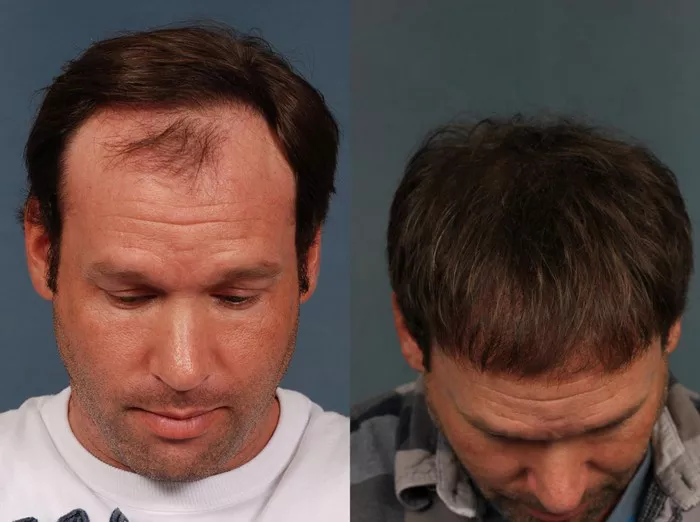Hair transplant surgery has emerged as a viable solution for individuals grappling with hair loss. One pivotal aspect that often perplexes potential candidates is the question of how many hairs are needed for a successful hair transplant. In this article, we will delve into the intricacies of determining the optimal number of hairs for a fruitful hair transplant surgery.
Understanding Grafts and Hairs:
Before delving into the specific numbers, it’s essential to grasp the distinction between grafts and hairs. In the context of hair transplant surgery, a graft refers to a unit of tissue containing one or more hair follicles. The number of hairs within a single graft can vary, typically ranging from one to four hairs.
See Also: How Long Does FUE Hair Transplant Last: A Comprehensive Guide
Factors Influencing the Number of Hairs:
Several factors come into play when determining the number of hairs required for a successful hair transplant surgery. Understanding these factors is crucial for both patients and surgeons.
1. Extent of Hair Loss:
The degree of hair loss a patient is experiencing directly influences the number of hairs needed. Individuals with advanced hair loss may require a higher number of grafts to achieve satisfactory coverage and density.
2. Desired Density:
Patient preferences regarding hair density play a vital role. Some individuals may aim for a conservative, natural-looking result, while others may desire a denser appearance. The desired density influences the number of grafts and, consequently, the number of hairs.
3. Donor Area Characteristics:
The donor area, typically the back of the scalp, serves as the source for grafts. The characteristics of the donor area, such as hair density, texture, and quality, impact the number of viable grafts available for transplantation.
4. Type of Transplant Procedure:
Different transplant procedures, such as Follicular Unit Transplantation (FUT) and Follicular Unit Extraction (FUE), have varying implications for the number of hairs. FUE, being a more meticulous and time-consuming process, may result in a lower number of hairs per graft compared to FUT.
5. Individual Hair Characteristics:
The natural characteristics of a person’s hair, including thickness, color, and texture, also play a role. Coarser hair may provide more coverage even with fewer hairs, while finer hair might necessitate a higher number of hairs for satisfactory results.
Average Number of Hairs per Graft:
While it is challenging to provide an exact number due to the variability in individual cases, a general guideline can be established. On average, a graft can contain anywhere from 1,000 to 3,000 hairs. This wide range emphasizes the individualized nature of hair transplant procedures.
Calculating Total Hairs:
To estimate the total number of hairs needed for a successful hair transplant, consider the following example. If a patient requires 2,000 grafts, and each graft contains an average of 2,000 hairs, the total number of hairs transplanted would be 4,000,000. This calculation underscores the significance of both grafts and hairs in determining the outcome of the procedure.
Tailoring the Procedure to Individual Needs:
A successful hair transplant is not solely about achieving a specific number of hairs but rather about meeting the individual needs and expectations of the patient. Surgeons work closely with patients to establish realistic goals and determine the appropriate number of grafts and hairs required to achieve those goals.
Post-Transplant Growth and Maintenance:
Understanding that not all transplanted hairs will immediately start growing is crucial. There is a post-transplant dormancy period, typically lasting a few months, during which the transplanted hairs shed before regrowth begins. Additionally, maintaining the transplanted hair through proper care and follow-up appointments is essential for long-term success.
Conclusion:
In the world of hair transplant surgery, the question of how many hairs are needed is complex and varies for each individual. Factors such as the extent of hair loss, desired density, donor area characteristics, type of transplant procedure, and individual hair characteristics all contribute to the determination of the optimal number of hairs.
Rather than fixating on a specific number, patients and surgeons should collaborate to set realistic expectations and goals for the procedure. A successful hair transplant is a holistic process that goes beyond the mere counting of hairs, focusing on achieving natural-looking results that boost confidence and well-being.


